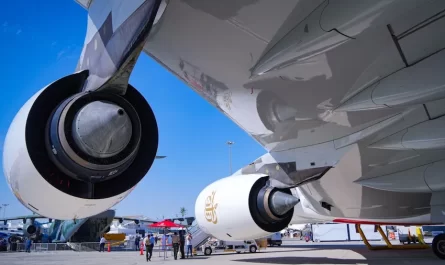Which pets are prohibited on airplanes?
Air travel is a convenient and often necessary mode of transportation for many people, including pet owners. However, when it comes to bringing your furry, feathered, or scaly companions along for the journey, there are specific regulations and restrictions to consider. Airlines have stringent rules regarding which types of pets can and cannot be allowed on board, primarily to ensure the safety and comfort of all passengers and crew members. Understanding these restrictions is crucial for any pet owner planning to travel by air.
In this comprehensive guide, we will explore the various types of pets that are typically banned from airplanes. While most airlines strive to accommodate pet owners by allowing common household pets like dogs and cats, there are several species and breeds that are prohibited due to safety, health, and welfare concerns. These restrictions can vary depending on the airline, the destination country’s regulations, and the specific circumstances of the flight.
TSA: traveling with small pets
Whether you are planning a vacation, relocating, or simply visiting family and friends, being aware of these regulations can help you avoid unexpected complications and ensure a smoother travel experience. Read on to discover which pets are generally not allowed on airplanes and the reasons behind these restrictions.
Pets That Are Banned from Airplanes
While airlines strive to accommodate pet owners, certain pets are prohibited from flying due to safety, health, and welfare concerns. Here are some pets commonly banned from airplanes:
- Snub-Nosed Breeds: Many airlines ban or restrict snub-nosed (brachycephalic) dog and cat breeds, such as Pugs, Bulldogs, and Persian cats. Their unique facial structure can make breathing difficult, especially in stressful or high-altitude conditions.
- Exotic Animals: Reptiles (snakes, lizards), amphibians (frogs, salamanders), and other exotic pets like hedgehogs, sugar gliders, and ferrets are often prohibited. These animals can pose safety risks or may not have the proper conditions needed for air travel.
- Large Birds: While small birds like parakeets or canaries may be allowed, larger birds, such as parrots or cockatoos, are frequently banned due to noise and space considerations, as well as their potential to carry diseases.
- Rodents: Many airlines do not permit rodents, including rats, mice, guinea pigs, and hamsters. These animals can escape easily and may pose a health or safety risk to passengers and crew.
- Insects and Arachnids: Pets like tarantulas, scorpions, and other insects are generally not allowed on airplanes. These creatures can cause panic among passengers and are challenging to secure properly.
- Farm Animals: Chickens, goats, pigs, and other farm animals are not permitted on commercial flights due to their size, noise, and the difficulty of providing appropriate care during air travel.
- Fish: Transporting fish on airplanes is typically not allowed due to the need for a stable aquatic environment, which is difficult to maintain during a flight.
- Wild Animals: Wild animals, including wolves, foxes, and raccoons, are banned from airplanes. These animals are unpredictable and may pose a significant threat to safety and security.
- Venomous Animals: Any pet that is venomous, such as certain snakes, spiders, or scorpions, is strictly prohibited on flights due to the danger they pose.
Can pitbulls fly on planes?
Most American airlines, including Delta, United, American, Alaskan, and Hawaiian, no longer accept snub-nosed breeds, such as pitbulls, staffies, and American bullies, for carriage.
Pitbulls face restrictions on many airlines due to their reputation and potential safety concerns. Some airlines ban them entirely, while others allow them with strict conditions, often prohibiting them from flying in cargo. Always check with your specific airline for their latest policies regarding pitbulls, as regulations can vary widely. Ensure you have all necessary documentation and meet the airline’s requirements if they do permit pitbulls on board.
Special Regulations
Some airlines and destinations may have additional specific bans, such as certain dog breeds considered dangerous (e.g., Pit Bulls, Rottweilers) or animals that are protected or endangered.
Understanding these restrictions can help ensure a smooth and hassle-free travel experience for both you and your pet. Always check with your airline for the most up-to-date information on pet travel regulations before planning your trip.
Traveling with petsWhat animals are restricted from flying on planes?
Pet Travel Tips to Make Your Trip Fun and Safe
Flying internationally with Pets
Dog Breeds Restricted From Flying Cargo
Flying with Your Service Animal
Flying with pets in India? Know these airline rules before you go!
Travel Tips Travel Insurance
Travel Safety Tips for Women



